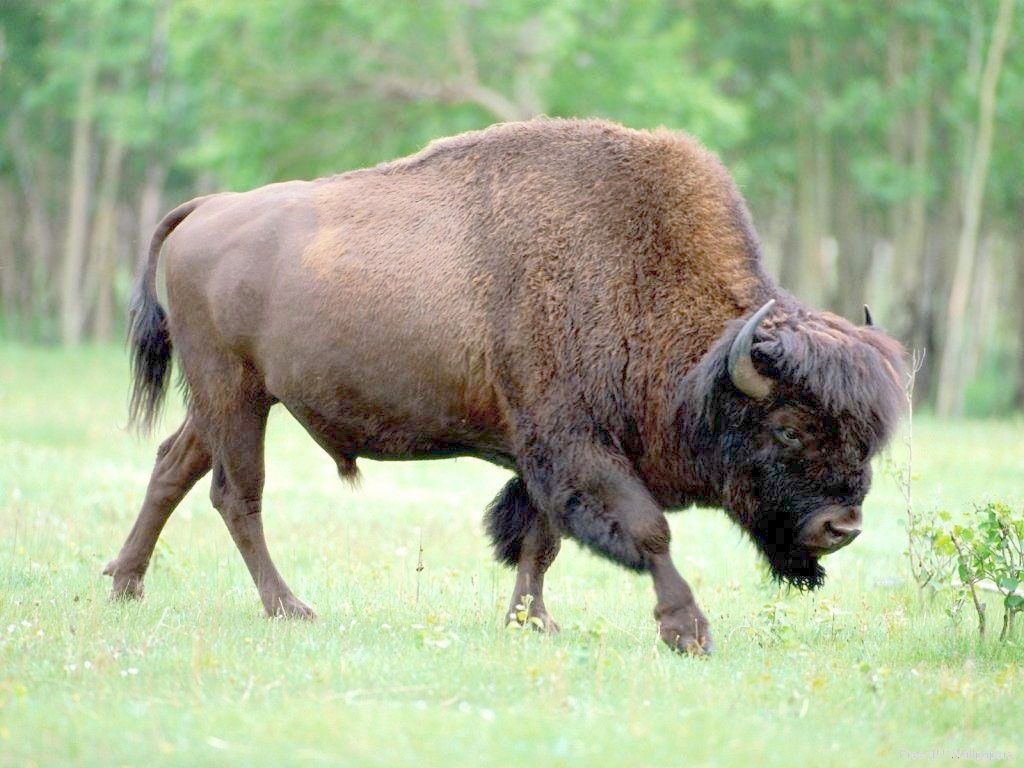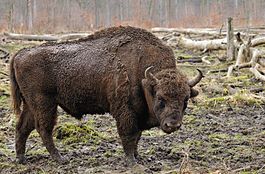Images of animals in the works of the peoples of the North
The Khanty and Mansi have the richest oral folk art. For the first time, works of folklore were recorded by Hungarian and Finnish scientists, starting in the middle of the last century.
Among them are:
- Mythical tales. This is a popular worldview about the origin of the earth and life on earth (about people, about the animal and plant world). Myths are composed in prose, in a very coherent language.
- Heroic songs, legends. These are historical ritual works. They are composed in poetry and prose.
- Invocation songs dedicated to the spirits - ancestors. These ritual works are composed in verse. This ritual is performed when necessary; in the presence of people who need help from the spirit of an ancestor.
- Songs dedicated to chanting the bear, a strong animal, the owner of the forest. They are presented in verse. Performed before the start of the performance at the bear festival. If this is a bear, then four people stand in front of her, holding the little finger, dressed in silk robes and putting hats with sharp ends on their heads. Cups with treats and a saucer with steaming chaga are placed in front of the bear. If the bear is male, then five songs are performed, all songs are long. Fairy tales are written in prose.
- Satirical, humorous songs that are performed only at the bear festival.
- Lyrical songs or “songs of fate”. They are sung throughout the year in good and bad moods, during rest and work. They are written in verse.
- Fairy tales. They are written in prose and are devoted to a wide variety of life topics. These can be retellings about the heroic deeds of ancestors, about the morals of people, about the animal world.
- Children's fairy tales. They are usually told by women - mothers or old grandmothers. The language of fairy tales is short, clear, clear, the sentences are simple. In them, unlike fairy tales for adults, dialogue is used. The strength of a small creature is its intelligence, its cunning. Almost all children's fairy tales are moralizing.
- Many riddles that reflect the entire world around us, riddles about animals, fish, earth, people.
Proverbs and sayings
From all of the above, we can conclude that each genre of oral folk art has its own artistic style of presentation and is performed under certain, limited conditions dictated by the customs of the people, their vital needs.
The interactions between the animal world and people are extremely interesting in the traditional culture of the Khanty and Mansi.
An original tradition in the context of the principle of conformity to nature is represented, for example, by the humanized cult of the frog, which was highly revered and was called “the woman living between the hummocks.” She was credited with the ability to give family happiness, determine the number of children, facilitate childbirth, and even play a role in choosing a marriage partner. According to the Khanty stories, a young man could “dry” the woman he liked. An image of a frog, embroidered with beads on a scarf, was held in front of a woman giving birth in order to ensure good health and long life for the newborn. The Khanty have a ban on catching frogs and using them as bait.
BEAR
Of the animals among the Khanty and Mansi, the bear enjoyed the greatest respect.
In the possessions of each Ugric community there is a no-man's land - the land of spirits.
These are not seedy places, but, on the contrary, the most abundant areas of the taiga with birds and animals. Access to the sacred land is prohibited for strangers and women; fishing and picking berries are not allowed here; if an animal pursued by a hunter runs there, the chase stops.
According to legend, a hunter wandered into one of these lands in the upper reaches of the Bolshaya Yugan and killed two moose. At night, a bear - a dead man and a dead man - appeared at his fire one by one. The hunter, fleeing from the “guests,” sat in the swamp all night, holding a burning brand in his hand. The next morning the killed moose got up and went into the forest.
As in this instructive story, in many other cases, along with spirits, the bear also acts as a natural avenger.
The so-called bear cult (especially in the form of a bear festival) is one of the brightest signs of Ugric culture. The bear is considered the likeness of a person (an alien), a co-owner of the earth. He is called the younger brother of man and all animals. The bear is a symbol opposite to man. It is not for nothing that, according to the Mansi, bear skins serve as beds for the menkvam in their larch houses, built in the most remote places, surrounded by impenetrable swamps.
The image of the bear among the Khanty and Mansi occupied a significant place in their mythological ideas, beliefs, rituals and fine arts. The most striking manifestation of his cult were the rituals called the bear festival. In the mythological plots of sacred songs performed at merrymaking, the traditional picture of the world is most fully represented.
So in the legend “Theirs is the bear” it is said that the god Torum sent “theirs the bear” to earth. He was distinguished from all animals by his disobedience and pride. Falling from the sky, the bear fell into an impassable hole and got caught on a huge, old, moss-covered cedar. He saw it there for a long time until it became overgrown with moss. Pride did not allow him to ask Torum for forgiveness and help. Finally I couldn't stand it. Torum listened to him and said:
“As long as people live on earth, you will be a bear. Everyone will be afraid of you. A thin person will not leave you. You will be worshiped, even if you are killed. Go to the ground. Live like that.”
All peoples are inherent in caring about the upbringing of Man. This is very instructive and proves the incorrectness of dividing peoples into historical and non-historical. The ideal of a real Nivkh involves the cultivation of courage and courage, respect for folk customs, hard work, etc. Thus, the ideal of Nivkh, according to V. Sanga, is presented as follows:
“The heart of a bear was given to me so that the spirit of the mighty owner of the mountains and taiga would scare away the feeling of fear from me, so that I would grow into a courageous man, a successful breadwinner.”



No comments here yet.